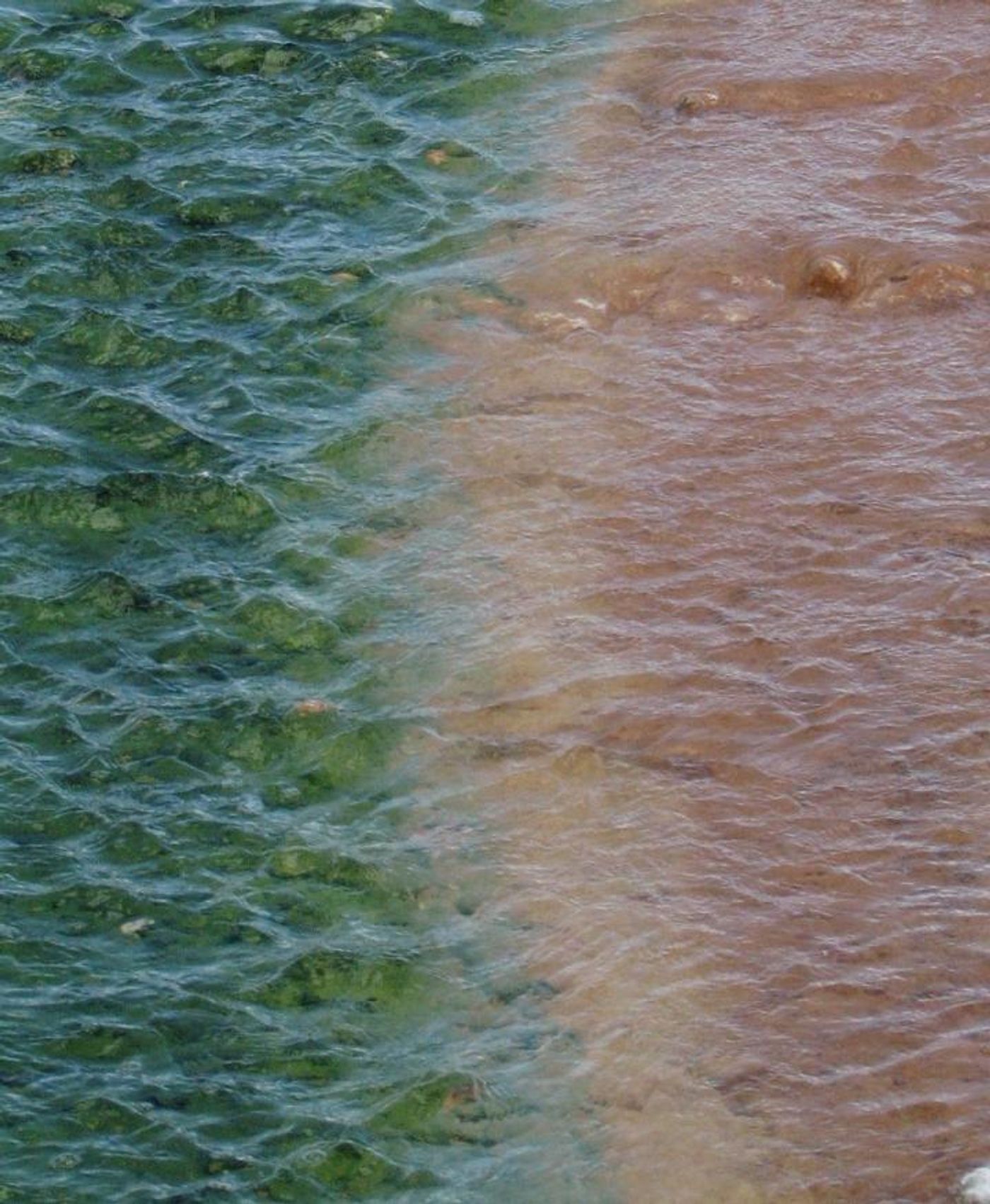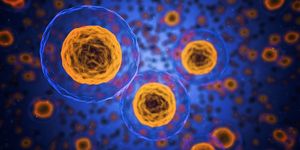To Survive Environmental Challenges, Red Algae Grab Bacterial Genes
Cyanidiales are a group of red algae species. Researchers have found that about ten percent of them have acquired genes from bacteria; these bacterial genes make up about one percent of the Cyanidiales genome. These acquired genes helped the algae deal with problems in their environment, like excess salts or toxic metals, and enabled them to process carbon from new sources. This work, reported in eLife, may help scientists develop new biofuels and compounds that can help clean up environmental messes. It can also help researchers learn more about how organisms share genes.
“The role of stolen genes in eukaryotes, which include most living things such as algae, has been hotly debated and many think it is unimportant and plays little to no role in their biology,” noted study co-author Debashish Bhattacharya, Distinguished Professor of Biochemistry and Microbiology at Rutgers University-New Brunswick. “Our robust genome data provide the first major evidence that this is a false narrative and that adaptation to a challenging environment can be directly facilitated by stolen genes.”
Prokaryotes (unicellular organisms like bacteria) are easily able to transmit genes to one another in a process called horizontal gene transfer (illustrated in the video below). With advancements in genome sequencing technologies, researchers have suggested that it can also occur in eukaryotic organisms, although at much lower rates. There is some debate about horizontal gene transfer in eukaryotes. Some scientists have suggested that evidence of gene transfer from prokaryotes to eukaryotes is only indicative of problems with the analysis or contamination in the samples. In this work, the researchers aimed to learn more about gene transfer in red algae, and show that a sort of horizontal gene transfer can happen in eukaryotes.
Some Cyanidialies algae can thrive in the acidic hot springs of Yellowstone National Park. In this work, the researchers analyzed thirteen Cyanidiales genomes, ten of which are novel, from nine different environments. It was hypothesized that red algae were able to acquire the genes that allow them to live in hot springs from bacteria that had already adapted to live there. The multiple genomes the researchers assessed from different places allowed them to surmount some of the challenges inherent in this work, and find the bacterial genes in the algal genomes.
While a eukaryote has to possess the ability to take up new genes and integrate them into their genome, this work indicates that it’s possible for some organisms, like red algae, to do so when evolutionary pressure is significant. This organism exists under extreme conditions, and the researchers found that to be a driver of gene transfer. About one percent of the algal genome was gained from bacteria, the researchers found.
They want to see the bacterial genes activate when the algae are under stress as a next step in this work. Algae that can clean up environmental hazards might be easier to create if scientists learn more about the mechanisms of gene transfer in eukaryotes, noted Bhattacharya.
The process of horizontal gene transfer in bacteria is animated in the video above. The video below shows algae growing in hot springs runoff in Yellowstone National Park.
Sources: AAAS/Eurekalert! via Rutgers University, eLife









